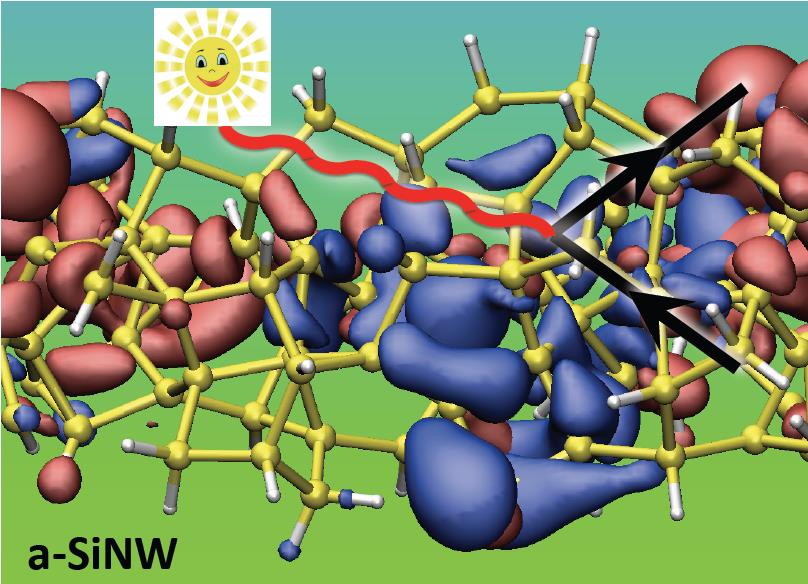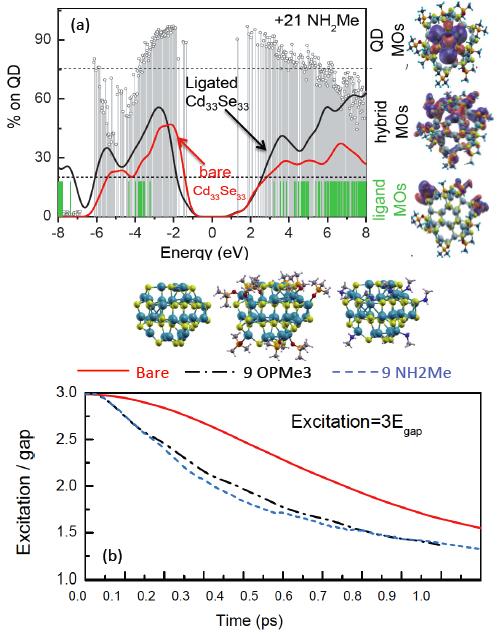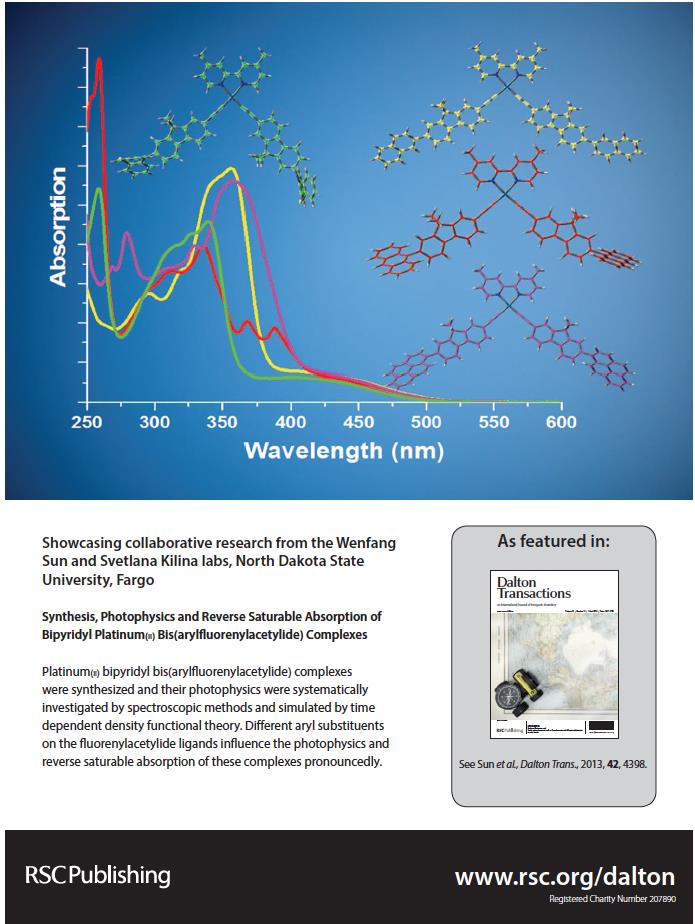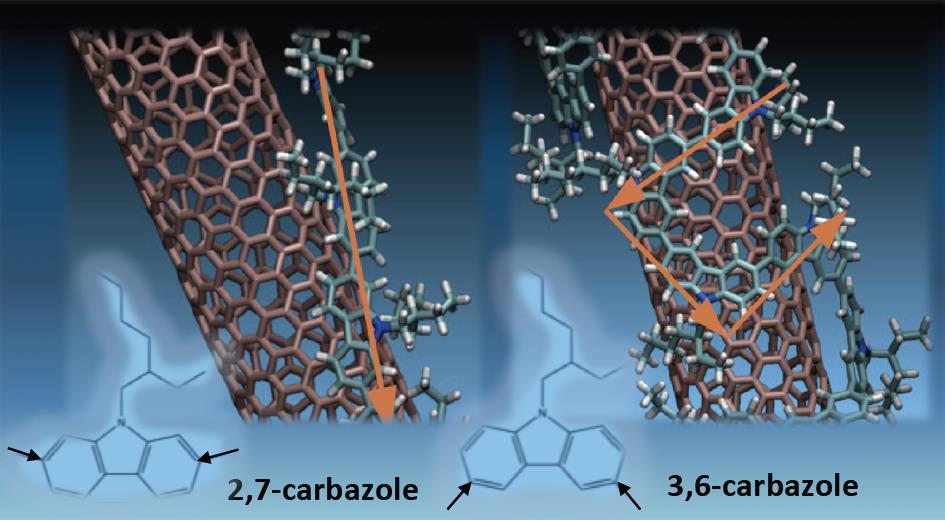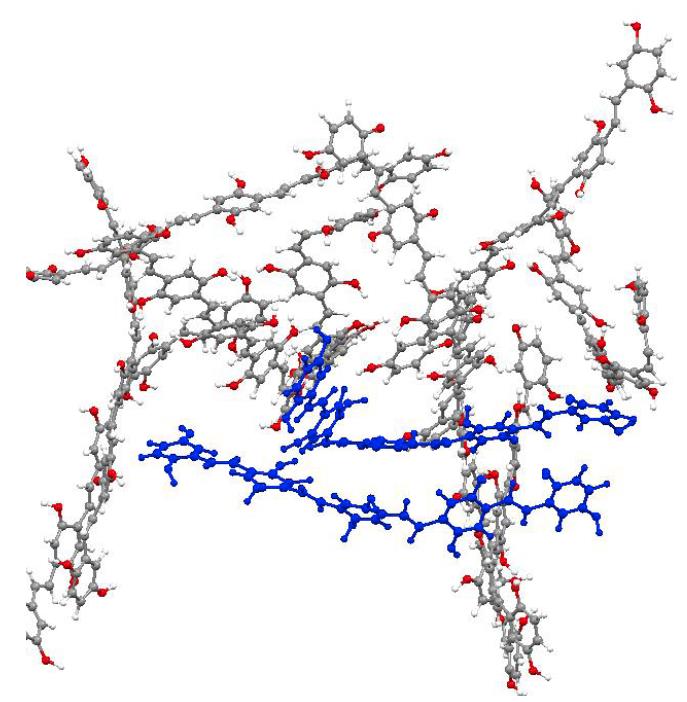Welcome to the Kilina Group

Research of Dr. Svetlana Kilina’s group is on the frontier of modern computational chemistry and nanoscale science with a particular focus on inorganic-organic interfaces in novel hybrid, functionalized nano-materials. This includes understanding how the bio and organic functional groups, such as organic dyes, conjugated polymers, DNA, proteins, etc., affect electronic and optical properties, radiative and nonradiative dynamics, charge transfer and transport in semiconductor quantum dots and carbon nanotubes. Experimentally this task is difficult since conventional spectroscopic techniques cannot directly probe surface properties, as electronic transitions associated with surface states are usually optically forbidden. Theory and computations could provide answers to these questions. Dr. Kilina’s research aims to establish a theoretical description and a fundamental understanding of electronic and optical processes in nano-hybrids, provide novel material design strategies, and suggest new technological applications. Studies of these materials target society’s need for such applications as efficiently operating optoelectronic devices, solar cells, chemical sensors, bio imaging, and much more.
Tools: For her research Dr. Kilina uses a combination of quantum chemistry techniques, such as the density functional theory (DFT) and linear response time dependent DFT (TDDFT), which accurately describe the electronic structure and optical properties of systems, with classical force field calculations that provide reasonably fast geometries, packing, and dynamics of large molecules. Methods beyond well-developed electronic structure calculations, in particular, quantum-classical non-adiabatic (NA) dynamics, are adapted and developed to model photoexcited processes in hybrids. NA dynamics based on atomistic first principle calculations is a current grand-challenge for theory. Nonetheless, such modeling is possible to accomplish through sets of approximations based on classical dynamics, such as Tully’s trajectory surface hopping. This method can be viewed as a quantum master equation for electron dynamics in which state-to-state transition rates depend on time through coupling to explicit vibrational dynamics, with a statistical average over trajectories. Kilina’s group is pioneering in the development and adaptation of these approaches to nanostructures with complicated surface chemistry and interphases.

